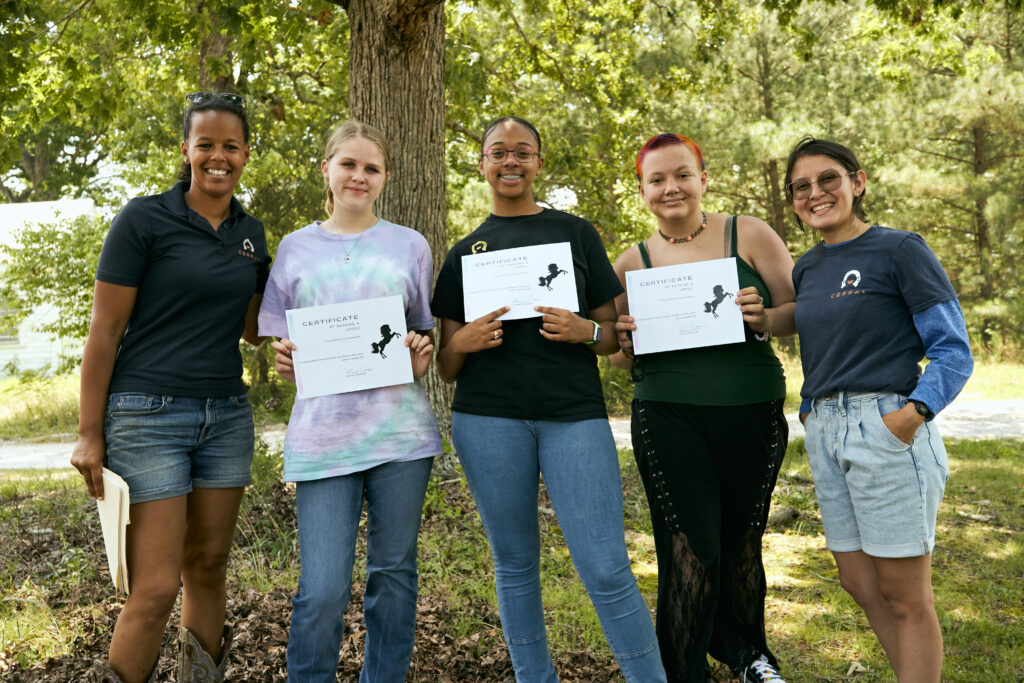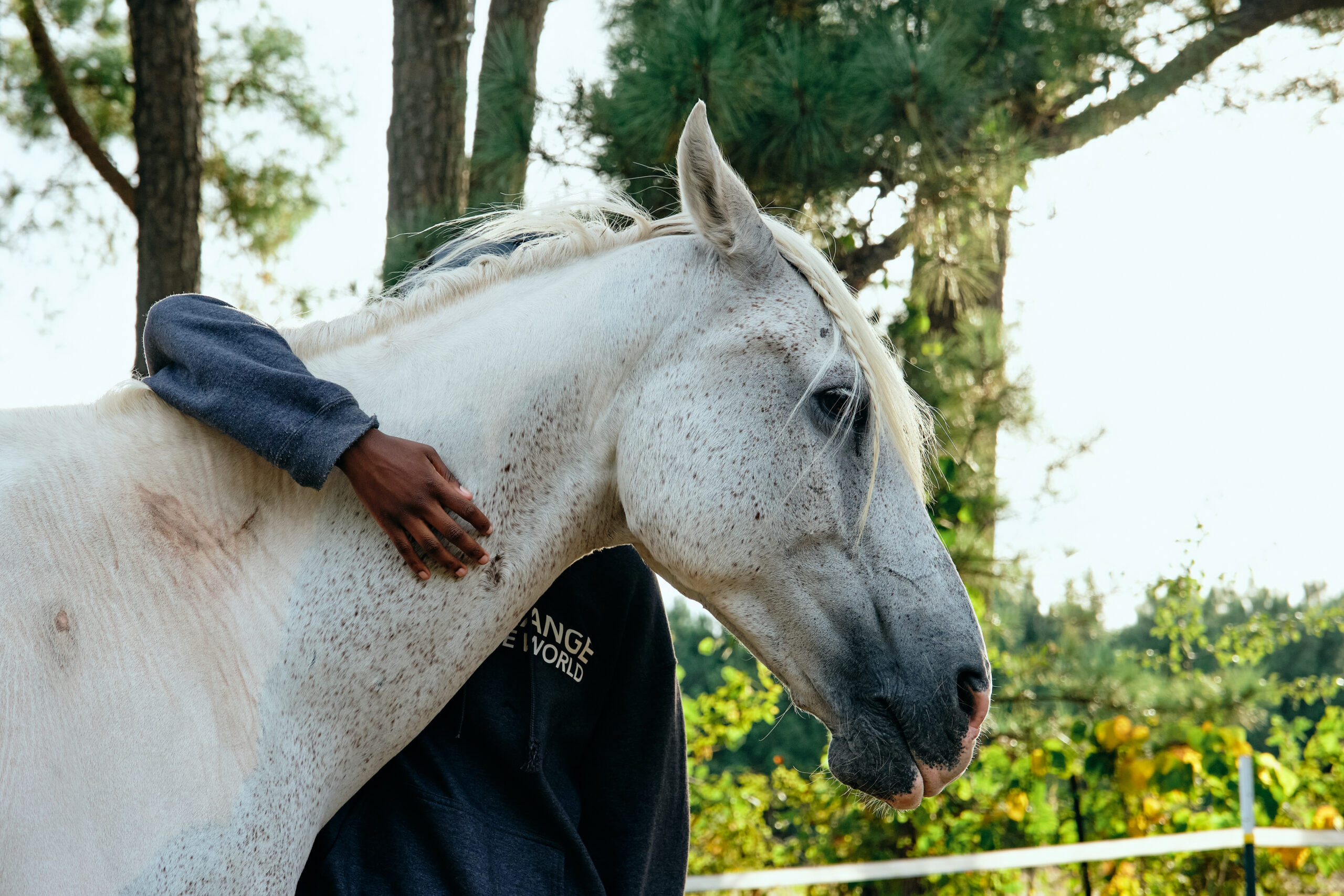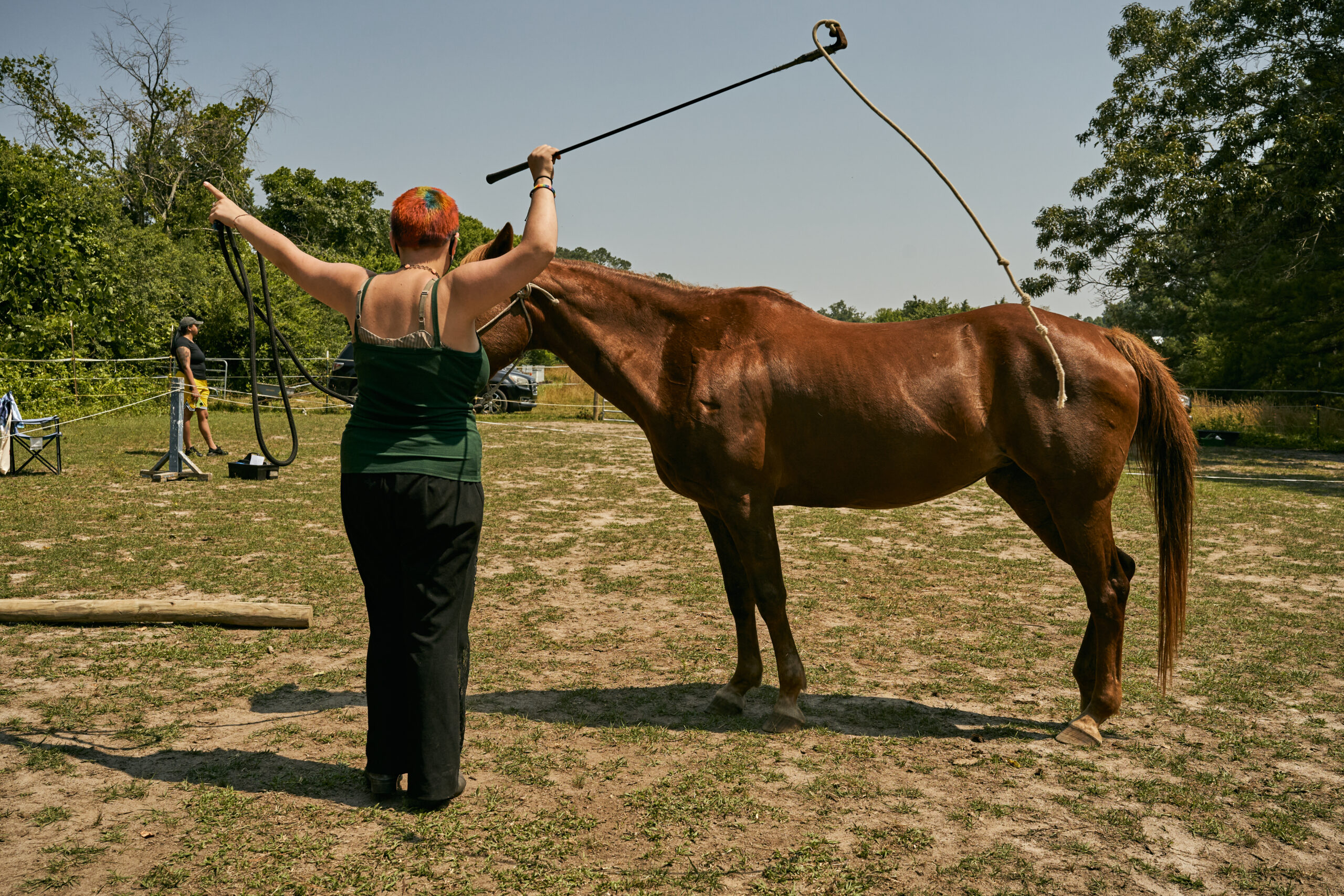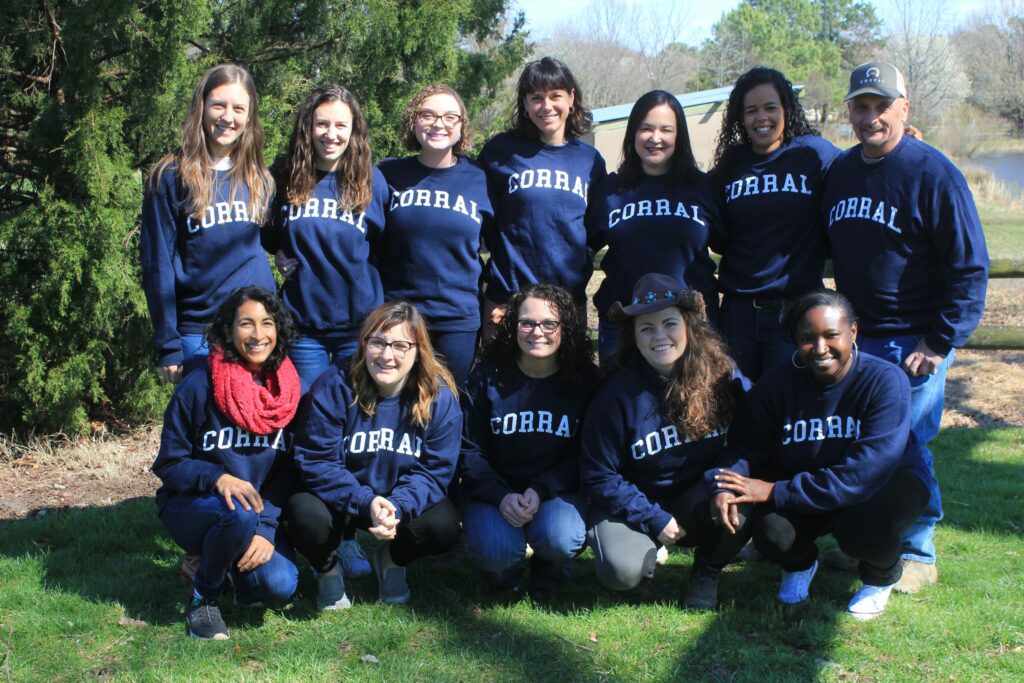Supporting Students in Light of School Report Card Data
Written by Shera Everette, Neuse River Education Manager
Imagine being a teenager who has experienced multiple setbacks in life and is also trying your hardest to navigate mental health struggles. On top of that, you attend a school that has had multiple teachers quit during the year, classes with more than 30 students in them, and many disruptions that make it hard to focus on the content. This is the unfortunate reality of many of our students at CORRAL.
According to the 21-22 North Carolina School report card data, 9 of 12 Neuse River students who attended the Wake County Public School System were at Title 1 schools, which are schools with 75% or more of the students from low-income families. In addition, 11 of 12 kids attended schools with C or D report cards in 21-22, with 8 of the 12 attending D schools. This means that the overwhelming majority of the students at those schools did not perform well on final exams, and many of them did not show growth or improvement. The achievement gap continues to widen for kids like ours: significantly lower graduation rate for students in foster care; less access to advanced courses for black and brown students; nearly 70% of economically disadvantaged students are not proficient in reading or math. Yet, our students continuously defy the odds!
Our students attend college tours throughout the year and are on track for college, they’re beginning to take honors and AP classes, and they’re receiving remediation to help build reading and math skills. Last year, our students had an average baseline GPA of 1.678, but their average final GPA was 2.485. They grew more than 0.8 points, not because the school system suddenly changed or teacher turnover improved, but because they had high expectations, high accountability, and tons of support at CORRAL.
Some days that support looks like a tutor helping a student understand why Shakespeare’s Macbeth is a tragic hero or why the absolute value of -7 is the same as 7. Another day, support may be an intern teaching a student a better way to study, or a staff member modeling how to effectively communicate with teachers. No matter the support person, we’re all in. And when we’re all in, our students can be all in, and they can take the steps necessary to overcome the obstacles they face at home and at school and push towards their goals.





